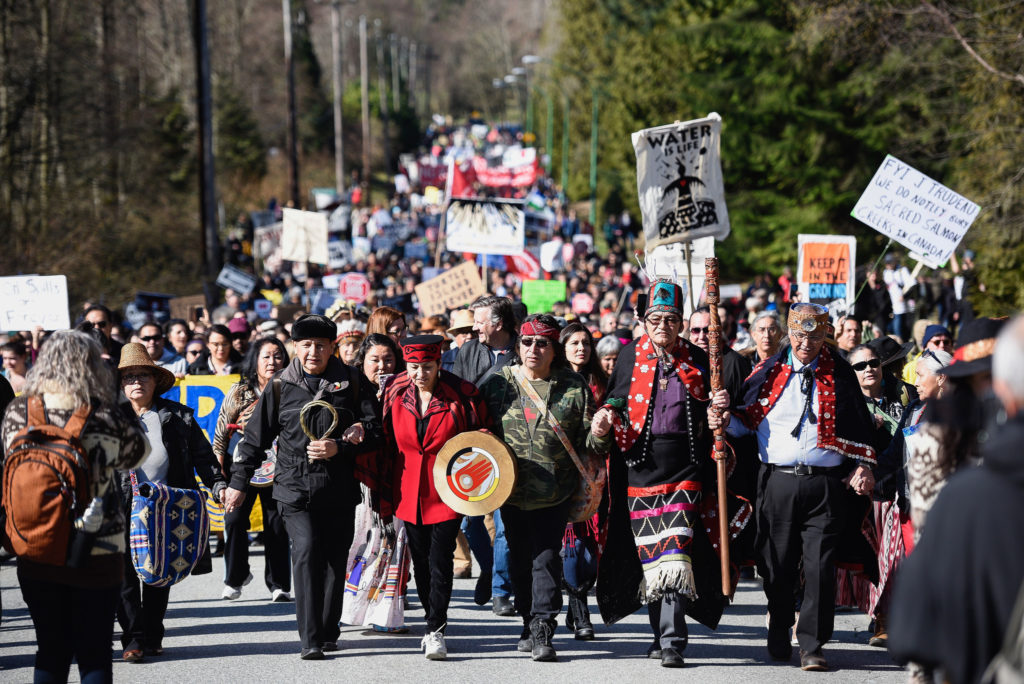
A bill by the Canadian Parliament recognizing the UN Declaration on the Rights of Indigenous Peoples (UNDRIP) and establishing a framework for its implementation received Royal Assent on June 21. The legislation requires the government of Canada to take measures for bringing the country’s laws into alignment with the UNDRIP as well as preparing an action plan for achieving its objectives.
This action plan must be prepared in consultation and cooperation with Indigenous peoples and must include measures to address injustices, combat prejudice, and eliminate all forms of violence, racism, and discrimination against Indigenous peoples. It must also include measures to promote mutual respect and understanding through human rights education.
The action plan should be prepared as soon as practicable and no later than two years after Section 6 of the Act comes into force. The action plan should also include measures for monitoring implementation, as well as any review or amendment of the plan.
The Governor in Council will appoint a federal minister for the purposes of the Act and such minister must table a report before Parliament at the end of each fiscal year, on the measures undertaken and implementation of the action plan. This report shall also be made public.
The bill was passed in the House of Commons on May 25 by a vote of 210 to 118. In the same week, a mass grave of 215 Indigenous children was confirmed at a former Catholic residential school in Kamloops, British Columbia. Two weeks later, the bill was passed by the Senate on June 16 by a vote of 61 to 10.
Some advocates for Indigenous peoples’ rights are concerned that the new law may “Canadianize” the UNDRIP, since it is to be construed as upholding the rights of First Nations under Section 35 of the Constitution Act, 1982—which has been subject to long-drawn legal battles over its interpretation.
From Jurist, June 23. Used with permission.
Photo of anti-pipeline protest in British Columbia: Rogue Collective via Flickr





More mass graves found in western Canada
The Cowessess First Nation in Saskatchewan says they have made the “horrific and shocking discovery of hundreds of unmarked graves” at the site of the former Marieval Indian Residential School. In a release, they say the number of graves is the most “significantly substantial to date in Canada.” (The Canadian Press)
More mass graves found in western Canada
Another First Nation is reporting the discovery of unmarked graves near the site of a former residential school. The community of ʔaq’am, also known as St. Mary’s band and situated within the traditional territory of the Ktunaxa Nation near Cranbrook, BC, located 182 unmarked graves in 2020 using ground penetrating radar. The Lower Kootenay First Nation said it still has some 100 living survivors forced to attend St. Eugene’s Mission School as part of the federal government’s residential school system. (APTN, June 30)